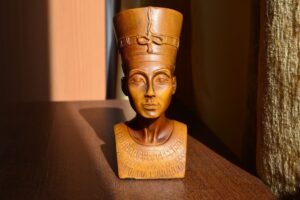Dr. Andrés Pérez Nieto, a facial surgeon, uses the term “accordion effect” to describe a common concern expressed by patients following partial or total facial rejuvenation procedures.
It is not uncommon for patients to express the following:
- “Doctor, it bothers me that wrinkles form when I smile.”
- “Doctor, I am satisfied with my surgery, but I still notice some wrinkles on my face.”
The “accordion effect” refers to the phenomenon where facial muscles, upon contracting, create creases in the skin, similar to the folds that form when an accordion is compressed. The human face contains approximately 43 muscles known as the muscles of expression, which are responsible for the movements that produce facial expressions when we smile, show sadness, or express emotions.
Just as an accordion folds and unfolds, the facial muscles create wrinkles or expression lines when they contract. This is a natural process and an essential aspect of human expression.
Through facial rejuvenation procedures such as blepharoplasty or cheek and neck lifts, Dr. Pérez Nieto repositions soft tissues to their anatomically correct location and removes excess skin. However, these procedures are not intended to inactivate the muscles of expression, as doing so would result in a lifeless and unnatural face.
It is important to understand that while facial surgery can diminish the appearance of expression lines, it does not eliminate them entirely. The result is a more rejuvenated face with less pronounced wrinkles.
Dr. Pérez Nieto also recommends regular Botox applications following a facial rejuvenation procedure, with the aim of further reducing the appearance of expression lines and preventing them from becoming more pronounced over time.





